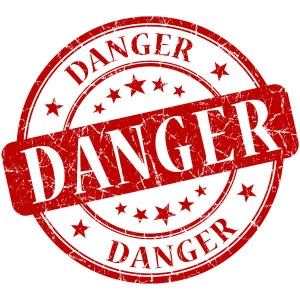Everyone knows that mold growing in his or her home is a bad thing, and when the mold is spotted you work to remove it. But what happens when there are areas of the home you are not able to check? When there is extra water gathering in an area and not being dried properly the mold begins to form. It can grow quickly, within two days, and comes in a variety of colors and textures. Studies have shown that there are over 300,000 types of mold that exist in the world today. Your chimney is one area of the home that needs to be monitored regularly, and Environmental Chimney Sweep is here to make sure that the job is done right.
A small area of mold can be removed easily, and should be done before it continues to grow and become more dangerous. Mold loves to grow in wet, humid conditions. Toxic molds are the types that grow in places you may not be able to see, so if you smell musky odors it is best to get that checked out. The toxins from this mold can be spread into the air you breathe in your home, making you and your family ill. Mold from your chimney can spread to different parts of your home, which can also question the safety of your home’s structure. If mold gets in the foundation of your home, the walls will become cracked, discolored, and may lead to peeling the paint off. Mold can start to grow inside of your chimney by the smallest crack in the bricks and then collecting water from the rain.
As mentioned, if you see mold remove it. If the area does not exceed three square feet you may try to remove it yourself, or you can always call a professional. Make sure you are avoiding contact with the mold as much as possible, especially is you have any allergies. It is recommended that you stay covered wearing long clothes, gloves, goggles and a mask that will keep you from inhaling any chemicals. To remove the mold use ammonia free detergent or cleaner, and then after completely dry the area to keep it from growing back.

